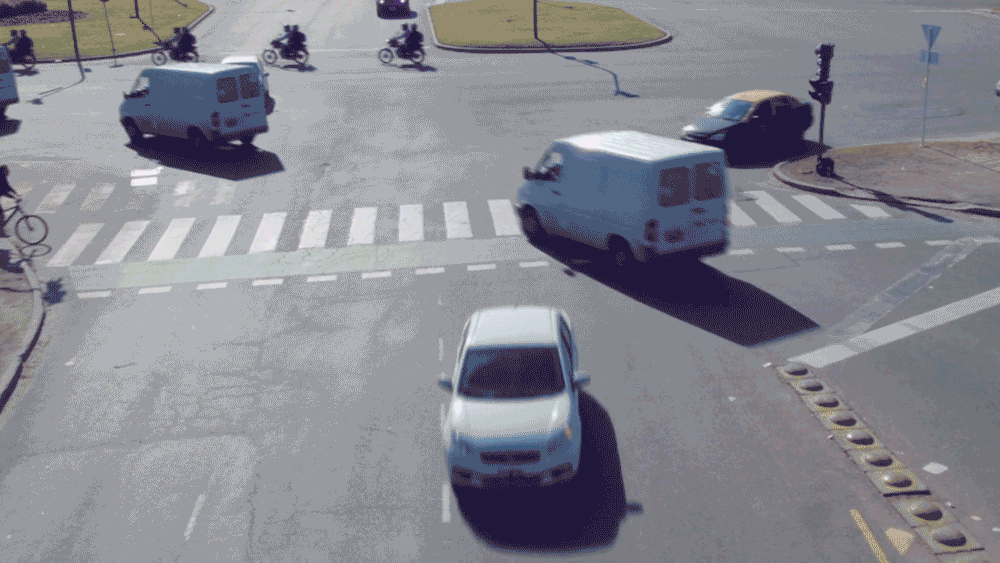Developing human interactions with autonomous systems

Two excellent Medium articles by the people of Humanising Autonomy, a London based startup that works towards a vision of intuitive interactions between autonomous systems and people:
Child-Friendly Autonomous Vehicles: Designing Autonomy with all road users in mind
November 14, 2017 – written by Leslie Nooteboom, COO and Co-Founder of Humanising Autonomy
To make sure interactions [with self-driving cars] are safe and efficient, it is important for the industry to tackle very specific scenarios. One of these specific, and very critical, scenarios is the interaction with children. Right now pedestrian injury is one of the leading causes of child casualties in the US. Autonomous vehicles have the outstanding opportunity to improve this, but children require different computer vision analysis and interaction than the able-bodied adult. These challenges have not been solved yet.
Autonomous technology for the people: a human-centred approach to autonomous vehicle legislation
October 12, 2017 – written by Raunaq Bose, CTO and Co-Founder of Humanising Autonomy
As our interviews across different demographics in London proved, people just don’t trust autonomous vehicles — and probably rightly so. While a lot of attention has been put on the inner features and passenger experience of autonomous vehicle concepts, not enough consideration has gone into how people outside the vehicle feel when interacting with these autonomous vehicles, and how these vehicles can show that they have acknowledged their presence and intent. [This brought about the creation of an] Autonomous Manifesto, [setting out] a number of principles and values that as a group we believe are essential to the societal acceptance and trust of autonomous technology. Technologies interacting with people should adapt to fit what is natural for people to do, and not the other way around, where people are simply forced to deal with useful-but-ill-designed technology. The chasm between the regulatory frameworks being developed and the feelings of people in urban environments around the world shows that perhaps it is now time to encourage the discussion and evaluation of policy decisions around autonomous vehicles from a human-centred perspective — whether they are inside or outside the vehicle.



